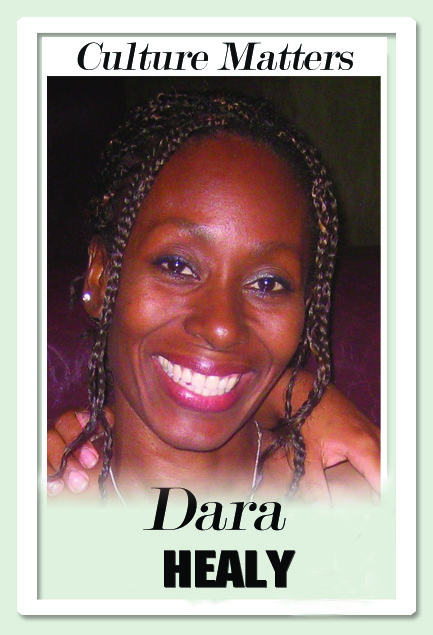The ghosts of Conquerabia

Culture Matters
THERE WAS a time when the sea flowed as far as the Treasury Building. In the 1700s, our capital used to be a little fishing village called Conquerabia. It was so named by the indigenous peoples who made the city their home.
Later, through the privileged lens of Michel Jean Cazabon, Port of Spain appears calm. One might say even idyllic. People of colour dressed in elegant 19th-century fashion stroll past the impressive Greyfriars Church on Frederick Street. Women delicately balance umbrellas to shield their skin from the sun, a father talks to his son while his female companion looks on; in the street a young man, not as well dressed, sits on a humble, open horse-drawn cart. In Corbeaux Town, in the area of the Waterfront Complex today, fishing boats are pulled up on the shore, resting between rum kegs as fishermen and others go about their business.
I wonder, if I had lived in the city in the 1880s, would my portrait have been one of the well-turned-out women enjoying a stroll with her family, or would I be one of those living a couple streets away in the barrack yards of East Dry River. I suspect I would have been on Laventille Hill, conspiring with stickfighters to deal with Captain Baker, who was trying to sabotage Carnival. I probably would have used my baby doll costume every Carnival to terrorise the same men strolling with their wives, but looking for me behind the bridge. But no doubt, I would have steered clear of Boadicea, Hard Back Doris, Cariso Jane and the other jamettes who dealt with Baker, the stickfighters –
tout moun.
Revolution, devastating fire, creation of music unlike any in the world, immigration, caste separation, colonialism, independence, emancipation, betrayal, death.
Many ghosts roam our city. If you are sensitive enough you can feel them. Perhaps that is one of the reasons many no longer linger in Port of Spain. They go there to work, conduct business and get out. Lately, there has been much fuss about human faeces and other challenges. But these are not new. One day I got caught in the rain and almost fainted at the sight of roaches and rats relaxing in the flood waters.
“Come inside, dahling,” laughed a man who decided to rescue me.
Like the rest of the nation, I looked on in confusion and dismay as political leaders and business people did little to care for a space that has transformed the global cultural landscape. As a child I could not articulate my thoughts, but instinctively, the city did not sit right with me with its noise, litter, disorganisation and my fears of being attacked by, well, almost anyone. As I grew older, I observed with horror the continued destruction of our built heritage. The bleak car park that replaced the striking Greyfriars; Aunty Beryl’s home in St James.
Like the rest of the nation, I am hoping that this time we will be able to leave behind the unpleasant realities of floods and faeces. Perhaps the reopening of cultural spaces is a sign that we will soon be ready to exorcise some specific ghosts. such as streets named after people like former Governor Thomas Picton. Praised as a war hero, Picton was notorious for his depraved enjoyment of torture during enslavement.
In our quest for renewal, why has our city centre not been pedestrianised, since we have clearly outgrown Cazabon’s little carts and horse-drawn carriages? How will we address inequitable ownership and rights to property in the city? Those historical ghosts haunt us still, as imbalances from our past affect opportunities for entrepreneurship today.
The truth is, I do not really wish to go back to the 1880s. I prefer to see families strolling through the city, deciding whether to leave, catch an outdoor movie, or sit in the park and enjoy some local ice cream. I imagine they would visit monuments to our national heroes and teach their children about who we are and who we aspire to be.
Still, not all ghost stories end badly. From Conquerabia to Laventille and St James, the ghosts of the people who built our city are watching and waiting. If we do the correct rituals, they will come. If we pay them respect, they will protect us. You see, I know a little something about those ghosts. In spite of everything, Port of Spain is their city and they are fed up of the flooding and faeces too.
Dara E Healy is a performance artist, communications specialist and founder of the NGO, the Indigenous Creative Arts Network – ICAN


Comments
"The ghosts of Conquerabia"